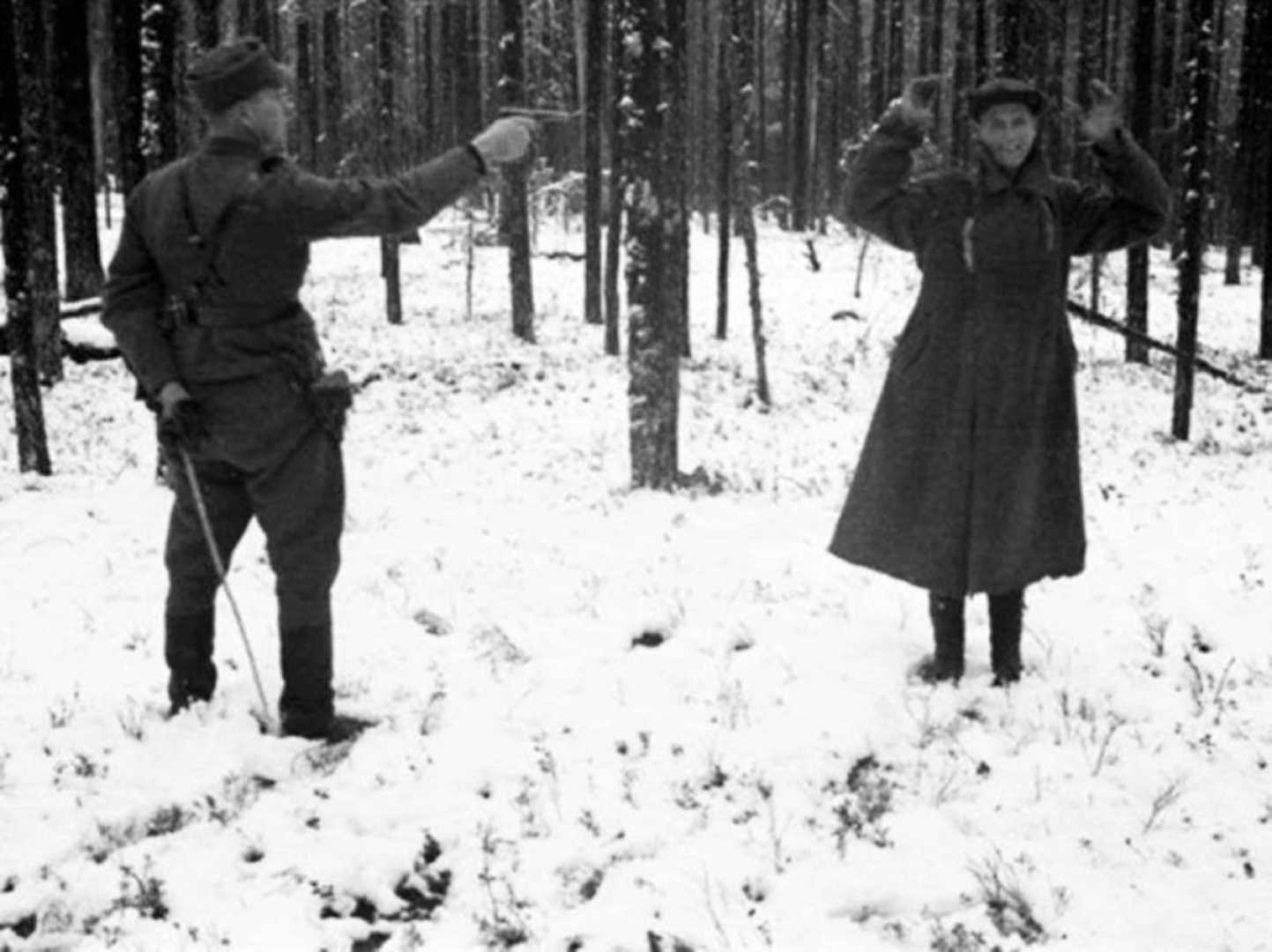News
The Curious Tale of a Rochester Counterfeiter in 1906

Rochester, New York – On a rainy Saturday in November 1906, a woman attempted to pass counterfeit two-dollar bills while walking the streets of Rochester. Described as approximately forty years old, tall, and broad-shouldered, she was noted for her dark hair, a black fascinator, and a long brown coat. Her first transaction involved trading a counterfeit bill for a box of graham crackers at a local grocery store.
As she continued her shopping spree, her luck changed. At a butcher’s shop, she tried to pay with another fake bill, but the clerk quickly discovered the deception and summoned a policeman. The agent L. William Gammon of the U.S. Secret Service, who was tracking her, later described her as a ‘woman shover,’ but she managed to escape before arrest.
Although she changed her location and appearance, the woman remained unidentified at local stores. Witness accounts varied, with some describing her as having large facial features or even questioning her gender. A recollection of a prominent gold crown in her mouth became a key detail in identifying her later.
Weeks later, on December 22, the woman identified herself as Mrs. Selma Winter when attempting to purchase items at a bakery and shoe store with borrowed counterfeit bills. This time, law enforcement apprehended her and Agent Gammon reported her to be engaging in illegal activities.
As the investigation unfolded, Gammon uncovered a deeper story about the family. Selma’s husband, Anton de Winter, was also implicated in the counterfeiting scheme. Initially an immigrant from Germany, Anton faced significant hardships leading to their illegal activities. His debts, including failed business ventures and a house fire without insurance, pushed him to forge bills as a means of support.
The couple married against her family’s wishes, and they had four sons together: Arthur, Valor, Hugo, and the youngest, Earl Lohengrin. Despite his attempts to make a living, Anton resorted to counterfeiting after facing extreme financial trouble.
Following their arrest, Selma’s role was scrutinized, and while Anton received a seven-year sentence for counterfeiting, Selma’s punishment was suspended due to her being a mother of four young boys.
In light of their circumstances, the children were placed under the care of the local society for abandoned youth, which led to the dissolution of their family structure as Selma attempted to secure a pardon for Anton. Despite their continuous struggles, Selma’s resolve to reunite with her children and husband never faltered.
After completing his sentence, Anton reappeared in public records but resurfaced under a different identity, suggesting a complete reinvention of his life away from the chaos he previously created. His story faded into obscurity as Selma continued to raise their boys in Erie, a testament to the familial bonds forged amid hardship.
The historical narrative reveals layers of complexity surrounding identity, family, and resilience, with Selma Winter’s tale serving as a poignant reminder of the societal issues that plagued many immigrant families during that era.












